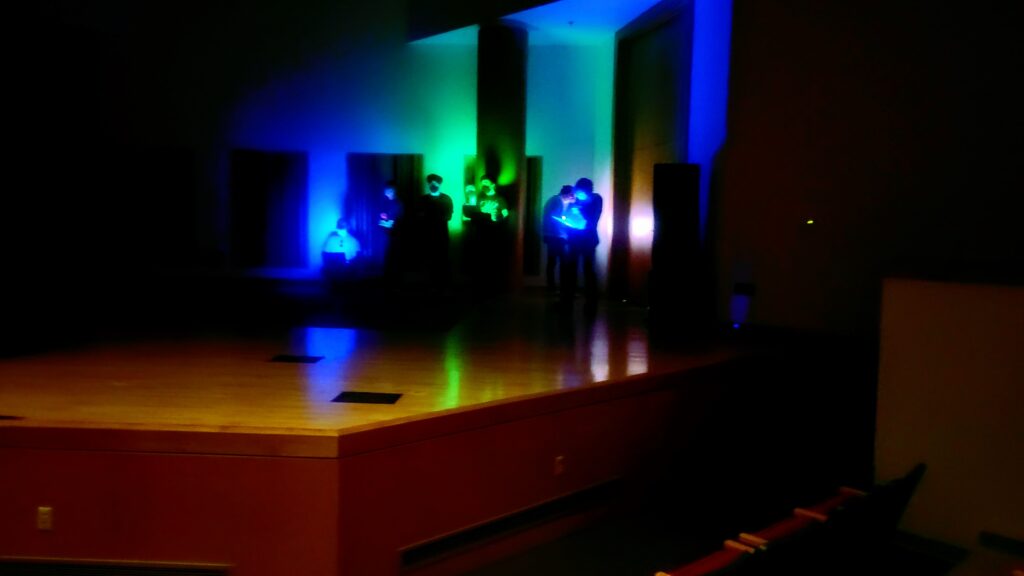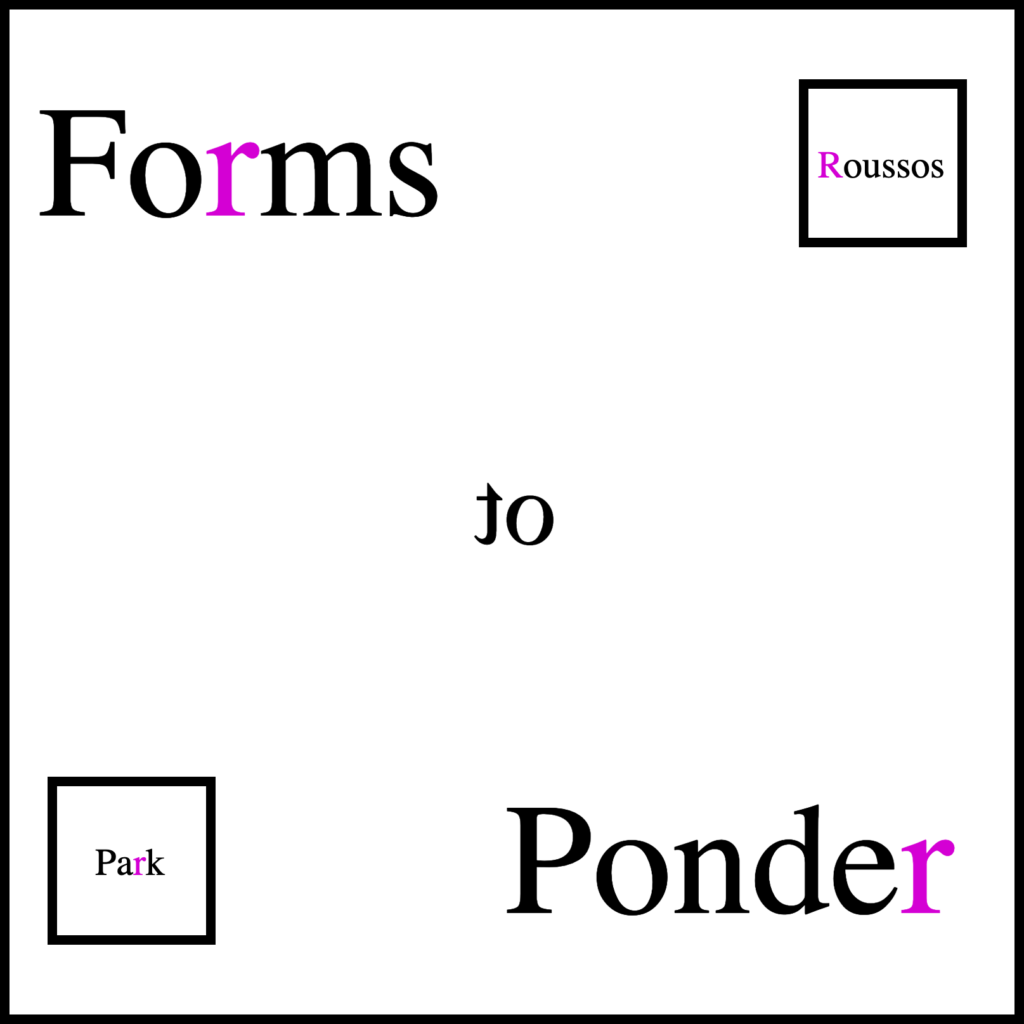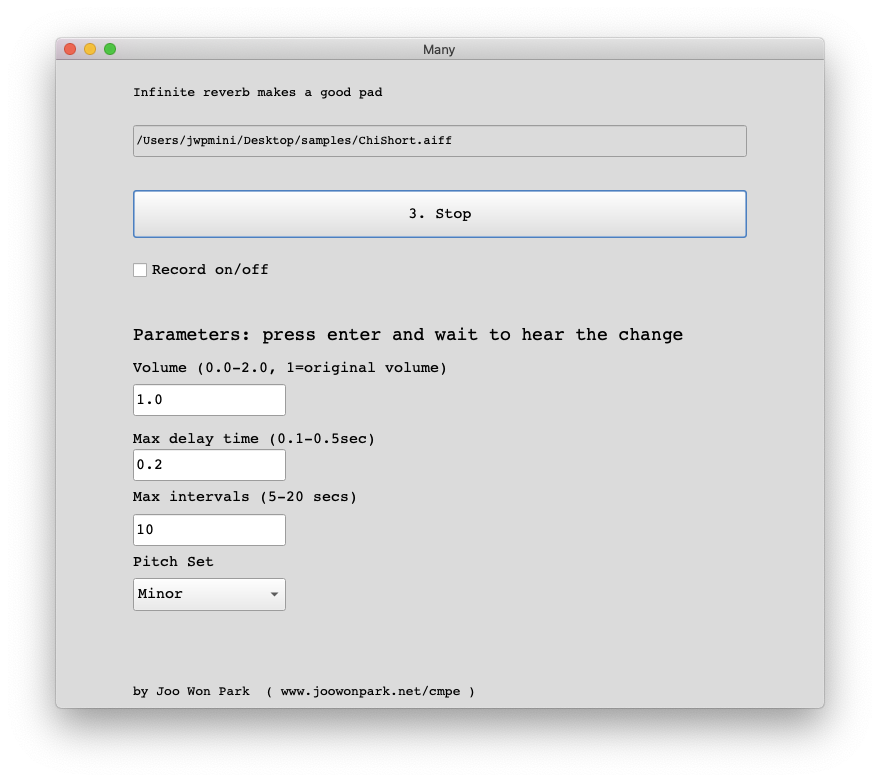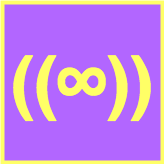I have been writing and performing electronic music for dance for more than a decade. I learned so much from choreographers, and I look forward to working with them more in the future. Here’s a documentation of my music for dance so far.
My dance collaboration started as an improviser. Megan Bridge of the Fidget and I met in Philadelphia, and we had many improv sessions. May sessions I had with the dancers during my Philly years (2008-2014) made me a better musician and listener. Below is another improvisation project with Erick Montes, Eunjung Choi, and Guillermo Ortega Montes.
When I moved to Oberlin, I was fortunate to work with Holly Handman-Lopez. I was involved in producing an evening-length show about the woman suffrage movement. My role was to compose music with a short deadline and multiple changes/edits. I learned how to communicate with choreographers and dance production staff. Unfortunately, I do not have footage of the actual performance, but below are a promo video (with someone else’s music) and a recording session of a piece used in the show.
In Detroit, my current stomping ground, I continue to work with the dancers with different roles. In 2021, I worked with IS/LAND as a technologist. I provided an electromagnetic instrument that made sounds as the dancers approach an object. I was happy to be a part of a production as non-composer or non-performer (but still as a musician)
Last April, Biba Bell and I collaborated to make a 60min site-specific piece for dance and electronic ensemble. My job was to make music and direct an ensemble consisting of nine electronic musicians. It was the largest work I have ever worked on in terms of the number of people involved. The documentation of the work was also excellent.
My most recent collaboration is with Joori Jung of Artlab J. Through this collaboration, I worked with a Pansori singer to compose a 20min music. The collaboration also took me to a new stage. I never thought my music was going to be on an Asian Culture Showcase! The video documentation is on the way, but here are pictures of the rehearsal.
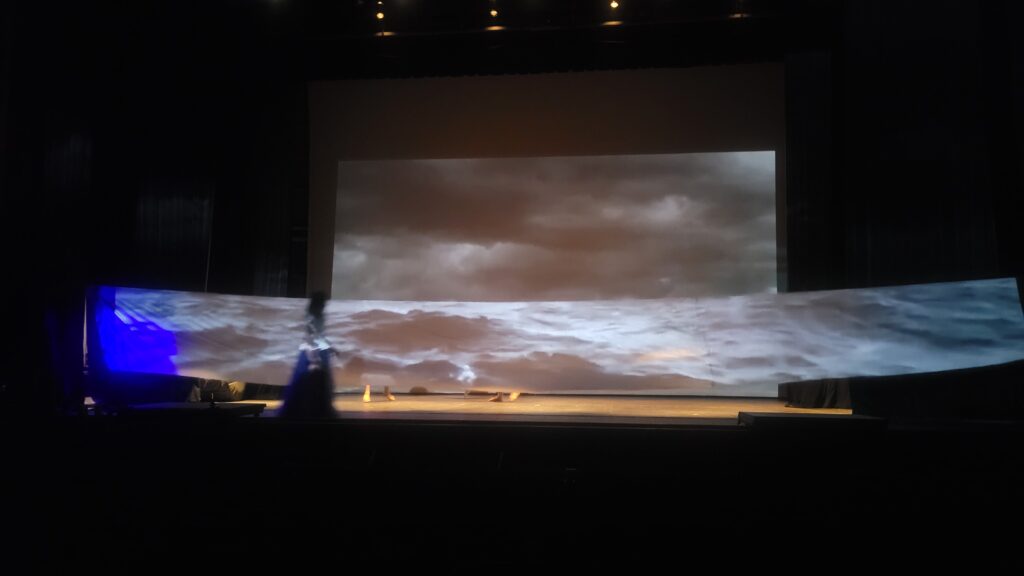
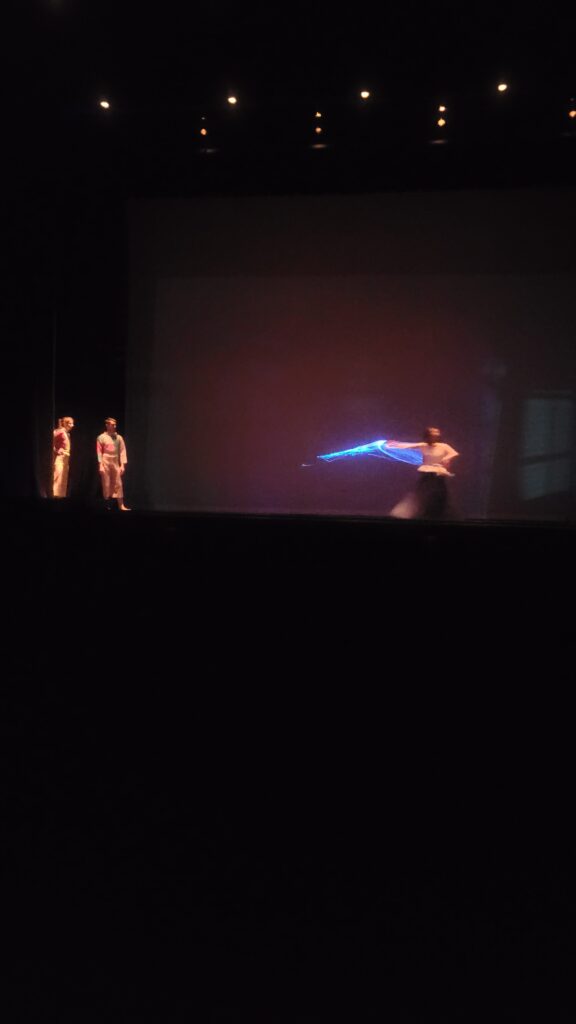
Dance and music are time-based arts, and dancers and musicians learn from each other. I am grateful that I had opportunities to work with excellent choreographers and improvisers. I look forward to doing more projects with movements! I am not a dancer myself, but I am studying the relationship between movement and sound. Check out the video below!


